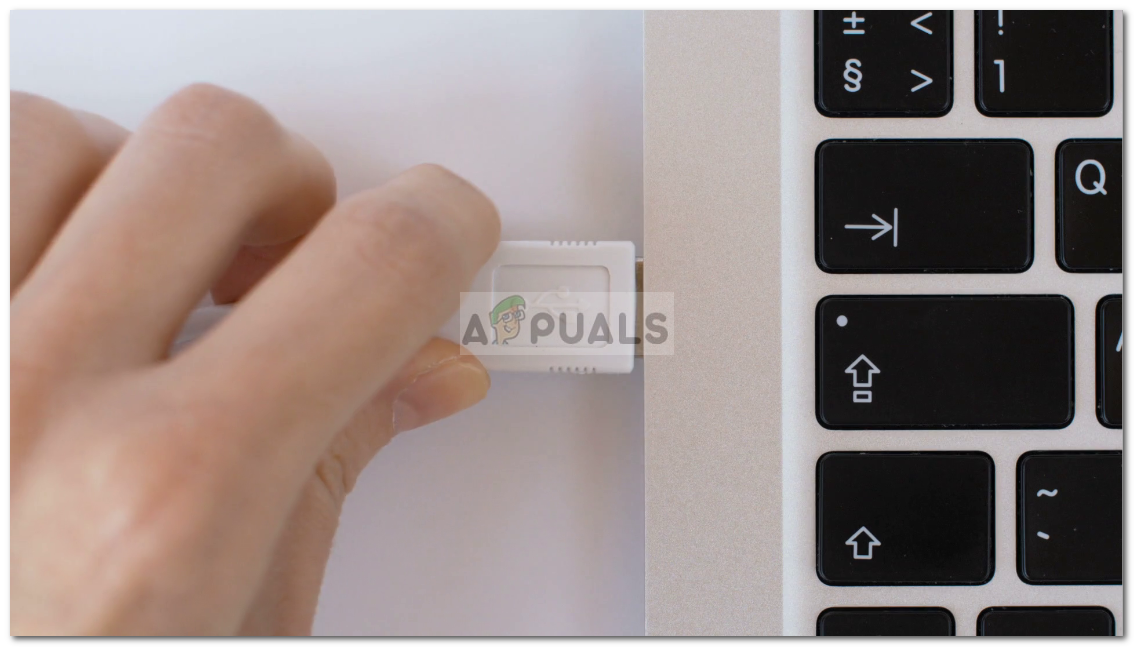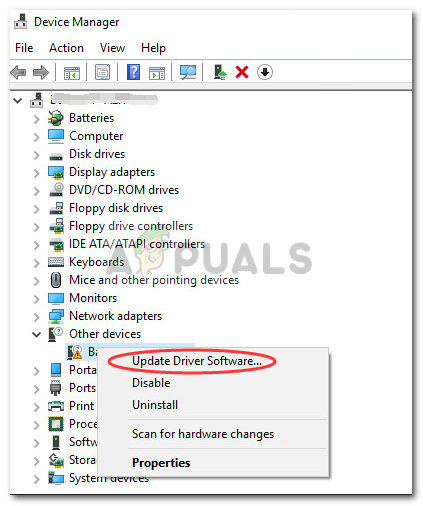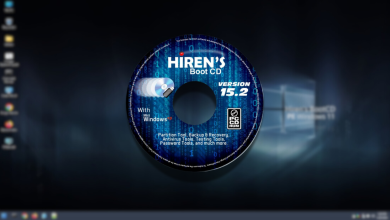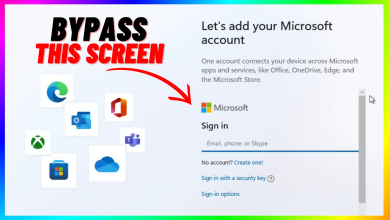Fix: Windows Setup Error 0xC1900101 – 0x40017
The 0xC1900101 – 0x40017 error can be caused by numerous factors that include incompatible BIOS, unsupported hardware etc. due to which users aren’t able to install Windows 10 on their system. The error message that the users receive along with the error code 0xC1900101 – 0x40017 is as follows:
The installation failed at the SECOND_BOOT phase with an error during BOOT operation.
Thankfully, Microsoft was kind enough to release an official fix for such errors. The workarounds, however, aren’t applicable to all of the cases due to which certain users still face the problem. Therefore, to overcome such obstacles we are here to help you through it. Just go through the mentioned solutions, make sure to follow them all, and you’ll be back on track in no time.

What causes the Windows Setup Error 0xC1900101 – 0x40017?
The error 0xC1900101 – 0x40017 is caused by a number of factors that are mentioned below —
- Third-party antivirus. For some users, the error was caused due to their third-party antivirus; this happens quite often.
- Outdated drivers. In some cases, the error is occurred due to your outdated drivers in which case you’ll have to update them.
- External hardware. The external hardware connected to your system can be interfering with your system due to which the error is popping up.
- Windows firewall. Some users reported that their Windows firewall was causing the error to pop up and the issue was resolved once they turned off their firewall.
Now, to solve your problem, follow the given solutions:
Solution 1: Running the Upgrade a Couple of Times
Sometimes, the upgrade doesn’t kick off as it is supposed to do in which case running the upgrade a couple of times help solve the issue. You can also try to reboot your system and then run the upgrade which, at times, can be the desired solution.
Solution 2: Turn off Windows Firewall
Most of the users have reported that their issue was occurring due to the Windows firewall. It can sometimes interfere with the upgrade process and can potentially prevent you from upgrading. In such a case, you’ll have to disable the Windows firewall. Here’s how:
- Press Windows Key + I to open Settings.
- Search for ‘Firewall’ and click on Windows Defender Firewall.

Searching for Windows Firewall - On the left-hand side, click ‘Turn Windows Defender Firewall on or off’.
- Check the ‘Turn off Windows Defender Firewall’ for both the settings.

Turning Off Windows Firewall - Click OK.
- Run the upgrade.
Note: If this doesn’t fix your problem, make sure to keep your firewall off until you have tried the rest of the solutions.
Solution 3: Disconnect External Hardware
In some cases, your external hardware can potentially be the cause of the error. This has been reported multiple times and the workaround is quite straightforward, unplug all the external hardware connected to your system like USB, smartphone, printer etc. Once you’ve done that, run the upgrade again.

Solution 4: Disable Antivirus
If you are using a third-party antivirus, it is very likely to be the cause of the error. This happens quite often i.e your antivirus preventing Windows update or upgrade. If you have a third-party antivirus installed on your system, make sure to disable it before you run the upgrade. It might solve your problem.

Solution 5: Update your Drivers
The error is primarily due to your outdated device drivers. In such a scenario, you’ll have to find the problematic device drivers and then update them. Here’s how to update your drivers:
- Go to Start Menu and type in Device Manager.
- Open up Device Manager.
- Expand the list of installed device drivers.
- The device that is causing the problem will be labeled with a yellow exclamation mark.
- Locate the problematic driver, right-click and select ‘Update device driver’ or you can select ‘Uninstall device’ to completely remove it.

Updating Problematic Device Driver - Do this for all the problematic drivers.
- Run the upgrade.
Solution 6: Free Up Hard Disk Space
When you are upgrading to Windows 10, make sure you have sufficient hard disk space. Windows 10 installation requires at least 16 GB of free space, hence, make sure you have that covered. If not, you’ll have to free up some space.
You can follow our guide here to know how to free up space on your system volume.
Solution 7: Perform a Clean Boot
Finally, if none of the above-mentioned solutions work out for you, this solution is bound to work for you. Sometimes, your background processes can be interfering with the system due to which the error is being caused. Hence, to eliminate such possibilities, you’ll have to perform a Clean Boot. A Clean Boot lets you boot into your system using the minimal background services/processes required.
Please refer to this article published on our site to know how to perform a Clean Boot. Once you have performed a Clean Boot, run the upgrade — this will most probably solve your problem.
Solution 8: Update BIOS
Some Dell users have reported that they tried several solutions but none worked out for them. Their issue was due to outdated BIOS. Hence, if you are using a Dell system, make sure to update your BIOS before running the upgrade.
Please refer to this article that’ll show you how to update Dell BIOS.





